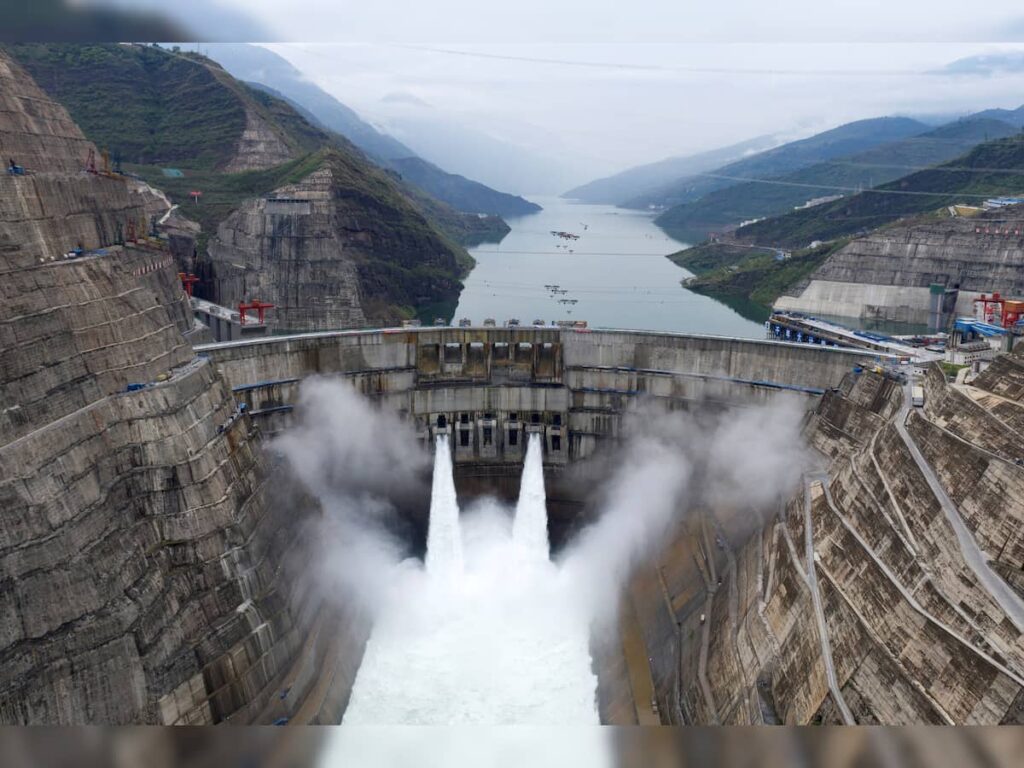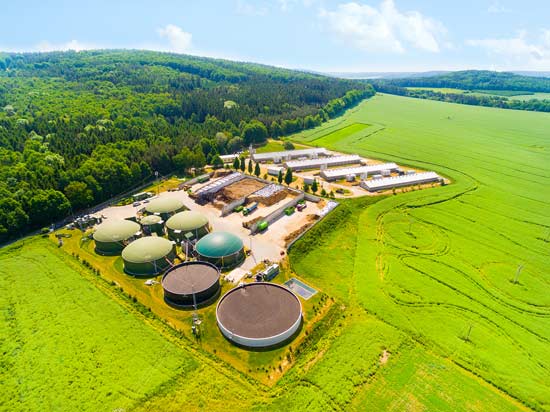In the midst of a global climate crisis, India emerges as a beacon of hope, spearheading a renewable energy revolution that promises to reshape the nation’s energy landscape. From the sun-drenched deserts of Rajasthan to the windswept coasts of Tamil Nadu, India’s commitment to harnessing renewable resources is not only powering homes but also paving the way towards a sustainable future.
With its burgeoning population and rapid industrialization, India faces the dual challenge of meeting growing energy demands while mitigating environmental degradation. In response, the country has embarked on an ambitious journey towards renewable energy adoption, leveraging its abundant natural resources and technological innovation.
Solar Power: At the forefront of India’s renewable energy revolution is solar power. Blessed with ample sunlight throughout the year, India has become one of the world’s largest solar energy markets. Initiatives such as the Jawaharlal Nehru National Solar Mission have catalyzed solar photovoltaic (PV) installations across the country, driving down costs and increasing accessibility.
Wind Energy: Alongside solar, wind energy plays a pivotal role in India’s renewable energy portfolio. With vast stretches of coastline and windy plains, India boasts significant wind power potential. States like Gujarat and Tamil Nadu have emerged as wind energy hubs, hosting large-scale wind farms that harness the power of the breeze to generate electricity.
Hydropower: Despite its challenges, hydropower remains a vital component of India’s renewable energy mix. The country’s rivers and cascading waterfalls offer immense hydroelectric potential, contributing to both grid stability and rural electrification. However, concerns over environmental impact and displacement have prompted a shift towards smaller, run-of-the-river projects and pumped storage facilities.

Biomass and Bioenergy: India’s rich agricultural landscape presents opportunities for biomass-based energy generation. Biomass power plants utilize agricultural residues, organic waste, and forest biomass to produce electricity and heat. Additionally, biofuel production from crops like sugarcane and Jatropha holds promise as a renewable alternative to fossil fuels in transportation.
Policy and Investment: India’s renewable energy transition is supported by robust policy frameworks and investment incentives. The government’s ambitious targets, including 450 gigawatts of renewable energy capacity by 2030, have attracted significant domestic and foreign investment. Initiatives like the Green Energy Corridors project aim to strengthen transmission infrastructure and integrate renewable energy into the grid.

Challenges and Opportunities: Despite remarkable progress, India faces several challenges on its path to a renewable future. Grid integration, intermittency issues, land acquisition, and financing constraints remain formidable hurdles. However, innovative solutions such as energy storage technologies, demand-side management, and public-private partnerships offer avenues for overcoming these obstacles.
As the world races against time to curb carbon emissions and combat climate change, India stands poised to lead the charge towards a cleaner, greener future. By harnessing the power of renewable energy, India not only ensures energy security and economic growth but also fulfills its global commitment to sustainable development.


